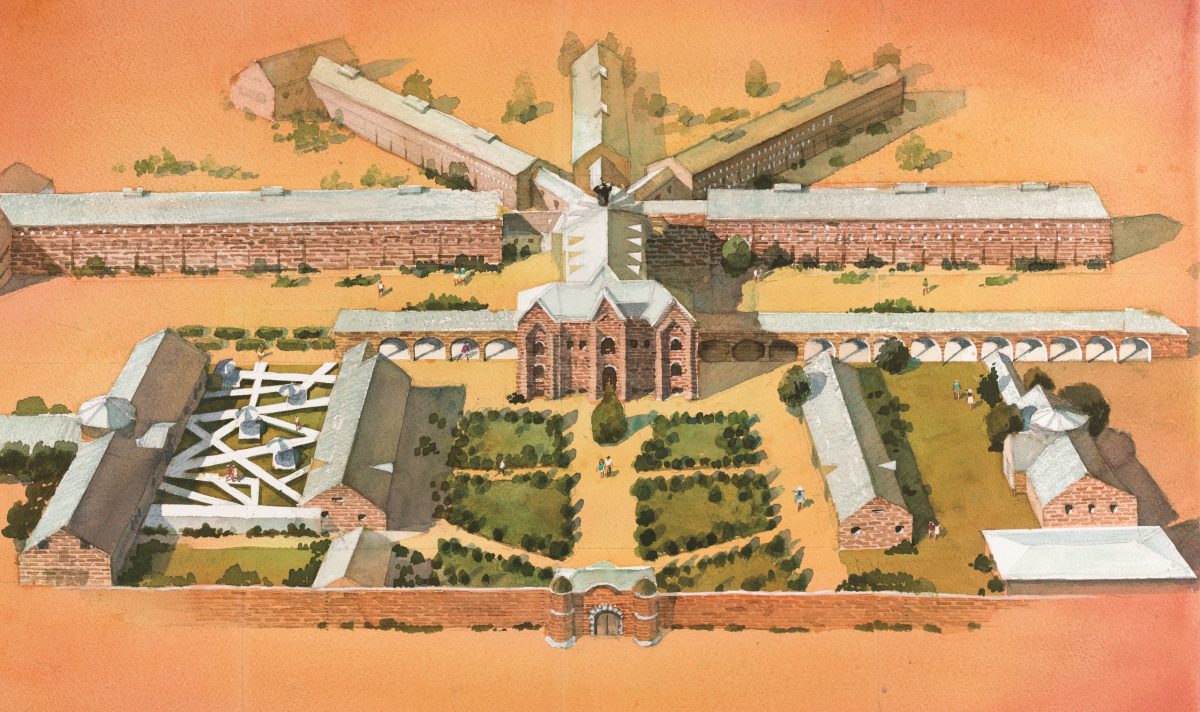Not just for criminals, work is underway to convert a former Japanese jail into the Hoshinoya Nara Prison hotel.
Scheduled to open in spring 2026, the Hoshinoya Nara Prison marks an extraordinary transformation of one of Japan’s “Important Cultural Properties”.
The Former Nara Prison, a landmark completed in 1908 during the Meiji era, is being reinvented into a luxury hotel through a collaboration between Hoshino Resorts and the Former Nara Prison Preservation and Utilization Co.
This ambitious renovation project is centered around the red brick structure of the former prison, which has been a symbol of Japan’s adoption of international standards in its penal system. Known for its unique Haviland System, the prison features a central guard tower overseeing radial wings of cells, a design that made it a model of modernity in its time.

The new Hoshinoya Nara Prison will retain the historic character of the building while offering modern luxury amenities. The property will feature 48 rooms, a restaurant, a lounge, and an adjoining museum that will also be open to day visitors. The museum aims to educate guests and visitors about the history and significance of the former prison.
Architectural and landscape redesigns are being spearheaded by Azuma Architect and Associates and Studio on Site, respectively, ensuring that the essence of the Meiji era is preserved while introducing contemporary elegance.
Hoshino Resorts, a significant name in the hospitality industry, is renowned for its unique approach to hotel management. Established in 1914, the company has a history of integrating local culture and history into its properties, offering guests a unique experience that combines the charms of each destination with high levels of Japanese-style hospitality.
With over 60 accommodations both in and outside Japan, Hoshino Resorts continues to expand its portfolio, offering diverse experiences ranging from luxury hotels to hot spring ryokans.
Hoshinoya Nara Prison will not just be a hotel; it will be a journey through history, blending the past and the present in a unique cultural setting. It stands as a testament to adaptive reuse and the preservation of heritage, offering a glimpse into Japan’s past while providing the comforts and luxuries of modern hospitality.

